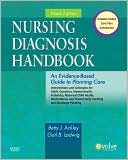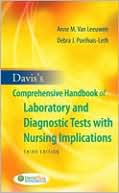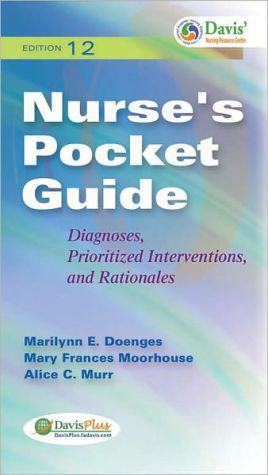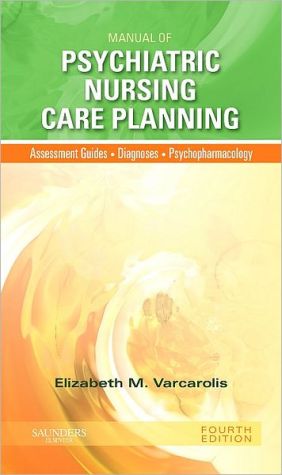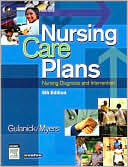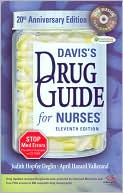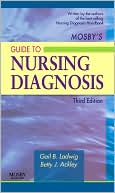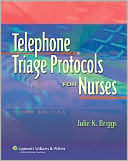Nursing Diagnosis Handbook: An Evidence-Based Guide to Planning Care
Search in google:
Use this convenient resource to formulate nursing diagnoses and create individualized care plans! Updated with the most recent NANDA-I approved nursing diagnoses, Nursing Diagnosis Handbook: An Evidence-Based Guide to Planning Care, 9th Edition shows you how to build customized care plans using a three-step process: assess, diagnose, and plan care. It includes suggested nursing diagnoses for over 1,300 client symptoms, medical and psychiatric diagnoses, diagnostic procedures, surgical interventions, and clinical states. Authors Elizabeth Ackley and Gail Ladwig use Nursing Outcomes Classification (NOC) and Nursing Interventions Classification (NIC) information to guide you in creating care plans that include desired outcomes, interventions, patient teaching, and evidence-based rationales.• Promotes evidence-based interventions and rationales by including recent or classic research that supports the use of each intervention. • Unique! Provides care plans for every NANDA-I approved nursing diagnosis. • Includes step-by-step instructions on how to use the Guide to Nursing Diagnoses and Guide to Planning Care sections to create a unique, individualized plan of care. • Includes pediatric, geriatric, multicultural, and home care interventions as necessary for plans of care. • Includes examples of and suggested NIC interventions and NOC outcomes in each care plan. • Allows quick access to specific symptoms and nursing diagnoses with alphabetical thumb tabs. • Unique! Includes a Care Plan Constructor on the companion Evolve website for hands-on practice in creating customized plans of care.• Includes the new 2009-2011 NANDA-I approved nursing diagnoses including 21 new and 8 revised diagnoses. • Illustrates the Problem-Etiology-Symptom format with an easy-to-follow, colored-coded box to help you in formulating diagnostic statements. • Explains the difference between the three types of nursing diagnoses. • Expands information explaining the difference between actual and potential problems in performing an assessment. • Adds detailed information on the multidisciplinary and collaborative aspect of nursing and how it affects care planning. • Shows how care planning is used in everyday nursing practice to provide effective nursing care. Doody Review Services Reviewer:Carole Ann Kenner, DNS, MSN, BSN(Northeastern University Bouve College of Health Sciences)Description:This book, one in the growing number of nursing diagnosis texts, is evidence-based. This eighth edition updates the 2006 edition.Purpose:The purpose is to provide a guide for practicing nurses and students that plan care using nursing diagnoses. These worthy objectives are met.Audience:The audience is practicing nurses and student nurses. Features:The book's three sections cover nursing diagnosis and the nursing process; nursing diagnoses; and plans of care and include revisions from NANDA, culturally appropriate interventions, and pediatric interventions. This book bases interventions on levels of evidence. Boxed features and symbols indicate geriatric or cultural considerations. There is an accompanying EVOLVE course with exercises that give students the opportunity to practice creating care plans. Electronic resources are available for faculty to enhance teaching-learning.Assessment:The difference between this and most other books on nursing diagnoses, such as Carpenito-Moyet, Nursing Diagnosis: Application to Clinical Practice, 11th edition (Lippincott Williams & Wilkins, 2006), and Ralph and Taylor's Nursing Diagnosis Reference Manual, 6th edition (Lippincott Williams & Wilkins, 2005), is that it is focused not on clinical application but rather on evidence to support interventions and outcomes. This edition brings the content up-to-date and certainly enhances its coverage of cultural differences and includes the pediatric age group. Most of the references are older than five years, but for the most part do represent good additional materials.
Section I: Nursing Diagnosis, the Nursing Process and Evidence-Based Nursing An explanation of how to make a nursing diagnosis and plan care using the nursing process and evidence-based nursing.Section II: Guide to Nursing Diagnoses Includes suggested nursing diagnoses and page references for over 1,300 client symptoms, medical and psychiatric diagnoses, diagnostic procedures, surgical interventions, and clinical states.Section III: Guide to Planning Care The definition, defining characteristics, risk factors, related factors, suggested NOC outcomes, client outcomes, suggested NIC interventions, interventions with rationales, geriatric interventions (when appropriate), home care interventions, culturally competent nursing interventions where appropriate, client/family teaching, and websites (when available) for client education for each alphabetized nursing diagnosis. Also includes a pain assessment guide and equianalgesic chart.Appendixes Nursing Diagnoses Arranged by Maslow's Hierarchy of Needs Nursing Diagnoses Arranged by Gordon's Functional Health Patterns Wellness-Oriented Diagnostic Categories A Guide to Using Equianalgesic Charts
